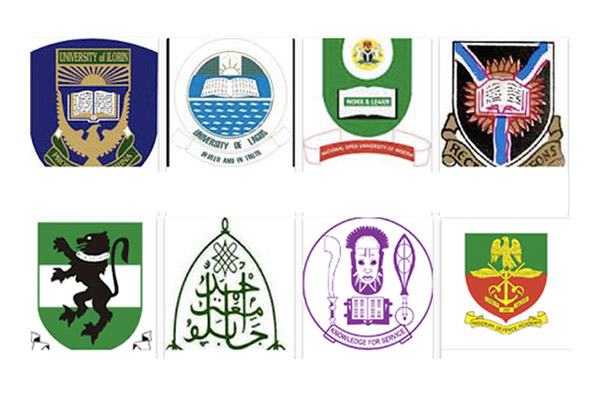Adult literacy rate is simply total percentage of the population age 15 and above of a country who can, with understanding, read and write a short, simple statement sufficiently.
Over the last couple of years, there has been an increased acknowledgement of the importance of education, resources have been easily accessible thanks to technology, learning has evolved, and ultimately global literacy rate has experienced a significant rise. However, unfortunately, not every corner of the earth is feeling this evolution, and not all governments have acknowledged its importance. Several countries still lag behind and are in a continuous struggle to provide adequate education. This is as a result of several factors such as policies, infrastructure, accessibility and quality of education. This is unfortunate, because it puts the citizens in a disadvantaged position as they strive to succeed in the global market.
Below is a list of African countries and and their literacy rates
1. Equatorial Guinea – 95.0 %
2. Seychelles – 94.0 %
3. South Africa – 93.0 %
4. Libya – 90.0 %
5. Mauritius – 89.0 %
6. Botswana – 87.0 %
7. Burundi – 87.0 %
8. Syrian Arab Republic – 86.0 %
9. Cabo Verde – 85.0 %
10. Zimbabwe – 84.0 %
11. Swaziland – 83.0 %
12. Gabon – 82.0 %
13. Congo – 79.0 %
14. Tunisia – 79.0 %
15. Namibia – 76.0 %
16. Lesotho – 76.0 %
17. Democratic Republic of the Congo – 75.0 %
18. Sudan – 74.0 %
19. Uganda – 73.0 %
20. Algeria – 73.0 %
21. Kenya – 72.0 %
22. Egypt – 72.0 %
23. Eritrea – 72.0 %
24. Ghana – 71.0 %
25. Cameroon – 71.0 %
26. Angola -71.0 %
27. Sao Tome and Principe -70.0 %
28. Tanzania -68.0 %
29. Morocco – 67.0 %
30. Rwanda – 66.0 %
31. Madagascar – 64.0 %
32. Zambia – 61.0 %
33. Malawi – 61.0 %
34. Togo – 60.0 %
35. Guinea-Bissau – 58.0 %
36. Gambia – 53.0 %
37. Senegal – 52.0 %
38. Nigeria – 51.0 %
39. Mozambique – 51.0 %
40. Sierra Leone – 46.0 %
41. Mauritania – 46.0 %
42. Liberia – 43.0 %
43. Côte d’Ivoire – 41.0 %
44. Somalia – 39.0 %
45. Ethiopia – 39.0 %
46. Chad – 38.0 %
47. Central African Republic – 37.0 %
48. Mali – 31.0 %
49. Burkina Faso – 29.0 %
50. Benin – 29.0 %
51. South Sudan – 27.0 %
52. Guinea – 25.0 %
53. Niger – 15.0 %



